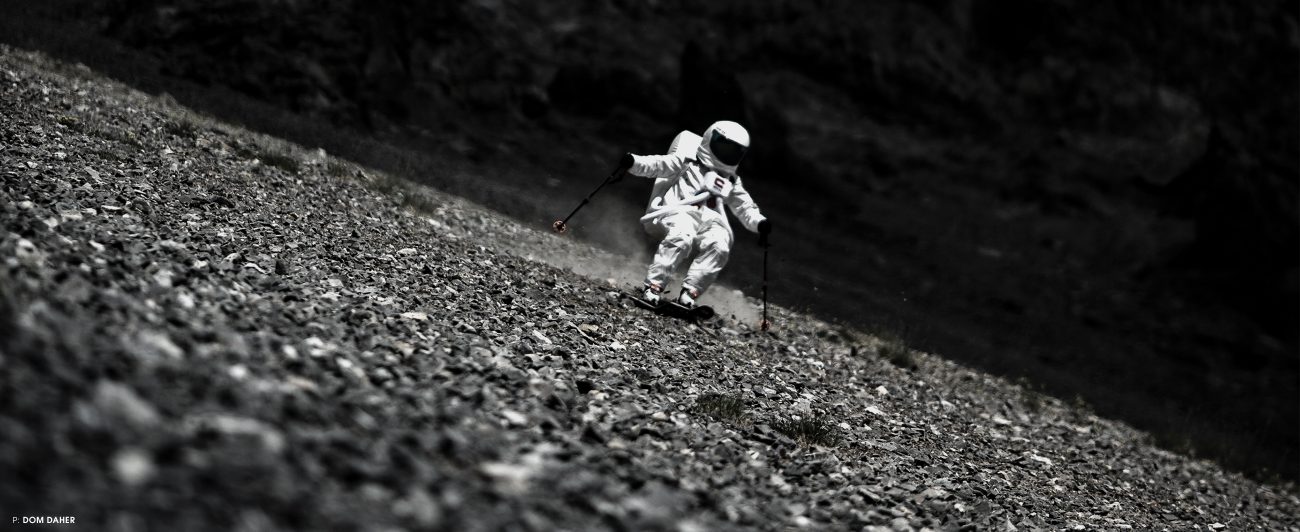Gallerie
Dom Daher
Giving Back the Gift Dom Daher’s Unconventional Vision
“I said, ‘This isn’t right.’ Skieur helped me and gave me everything,” says Daher. He elected not to sue and the magazine rewarded him with free office space and a monthly stipend to shoot all winter long.
“[Daher] is everything, but not a liar. He is someone modest and honest, with himself and others,” says Laurent Bellaurd, the editorial director. “He is the nicest photographer you can work with. He doesn’t behave like a star at all.”
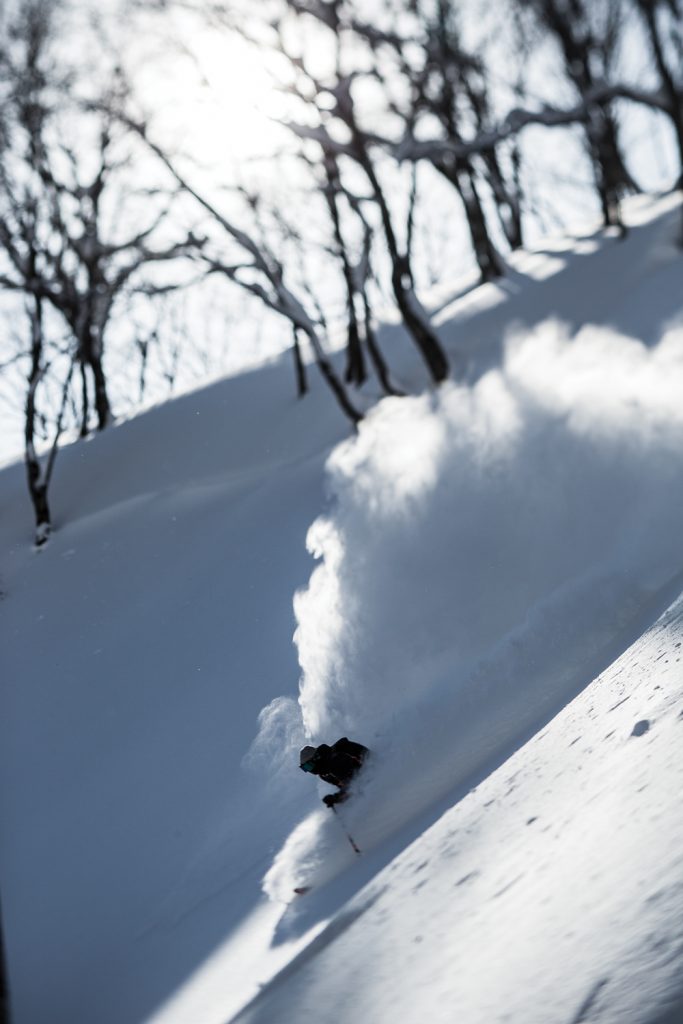
Richard Permin was seriously injured after a big crash a couple months before I shot with him on this trip to Japan. The doctor said he would never walk properly again and definitely wouldn’t ski again. The trip was a last-minute call, he was still in pain and the only way to ski was to shred bottomless “Japow.” On the first day, we were driving to the resort in the middle of the storm and got into an accident. Fortunately, no one was hurt, but the two cars were totally destroyed.
In the overly competitive world of freelance photography, where every sharpshooter is jockeying for position and exposure from brands and publications, Daher took the high traverse. It was a business decision on the principals that have guided his career, for better or for worse. Over the last 25 years, Daher has cemented his professional success with a persona that can only be described as compassionate, friendly and ready to lend a hand. His willingness to help and grow has helped him become the Freeride World Tour’s lead photographer for over a decade, and linked him with ambitious projects with the likes of Red Bull and Swatch. Still, his nice guy character has rarely wavered. That tends to stick out in outdoor media, and serves a striking foil to the life Daher was born into.
The 44-year-old was born in 1976 in Marseille, a city on France’s southern shore with a warm climate and a reputation for its juxtaposition of easy living and crime. Marseille is five hours from the mountains—and a world away. The oldest city in France is more melting pot than croissants and champagne, a diverse mix of French, Algerian, Moroccan, Armenian, Italian, and Senegalese descendants tucked up against the Mediterranean Sea. The international cocktail has created a vibrant local culture, but also a complicated history of corruption, violence, and poverty—consistently ranking it one of the most dangerous cities in Europe.
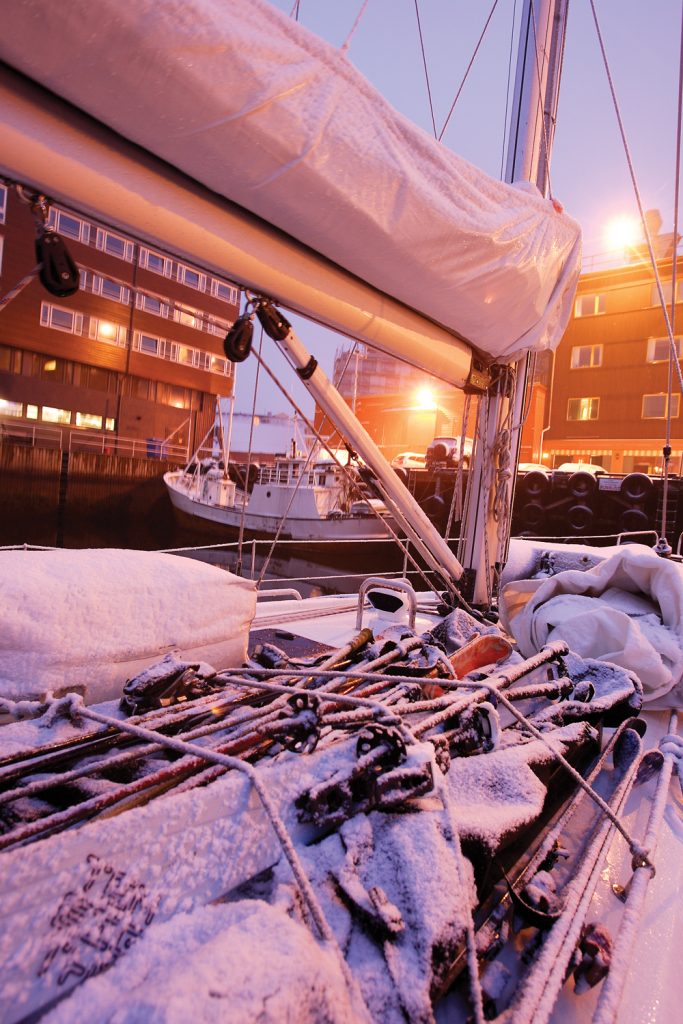
April 2007. It was snowing when we left the bay in Tromsø, Norway by boat. It was the same feeling as when you drive to the resort early morning before the snowplow in order to be the first in the line, but here there was no line—and no road.
Soccer great Zinedine Zidane hails from Marseille, as do a number of renowned climbers and alpinists like Gaston Rébuffat, the first man to climb all six of the great north faces of the Alps. But skiers there are few, and ski culture hardly exists.
Yet Daher’s father worked at a hospital and finished his medical degree near the ski resort of Serre Chevalier in the French Alps. That’s where Daher formed his first ski memories “skiing in the street in front of the house and jumping from the roof to the deep powder in the garden.” Daher wouldn’t truly transition to full-time ski town life until his teenage years, but those first experiences helped him think creatively when it came to skiing.
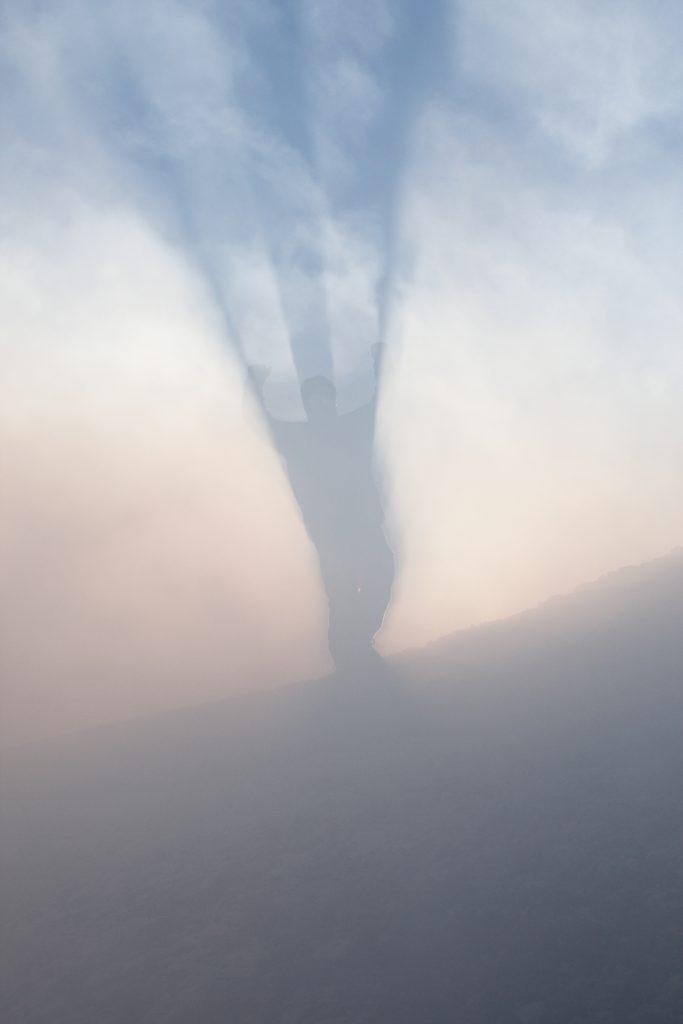
Cody Townsend in Chile, 2007. Always creative, Cody took a new angle on the portrait with this larger-than-life shadow puppet mirage.
Daher avidly consumed magazines as a teenager and was obsessed with skiing, mountain biking, and climbing publications. It was around the time of the freeride revolution. One day, a 15-year-old Daher saw a picture of Glen Plake in a magazine, and immediately decided he wanted to move in with his grandparents in the mountains.
His father told him that as long as he passed his baccalaureate exam and graduated high school, he was free to do whatever he wished. Dom passed, and immediately headed to Grenoble—smack dab in the middle of the French Alps. Dom and his friends began to build some momentum in the growing freeride scene, with Danish photographer Jakob Helbig capturing shots of Daher doing his best imitations of the Mohawked One.
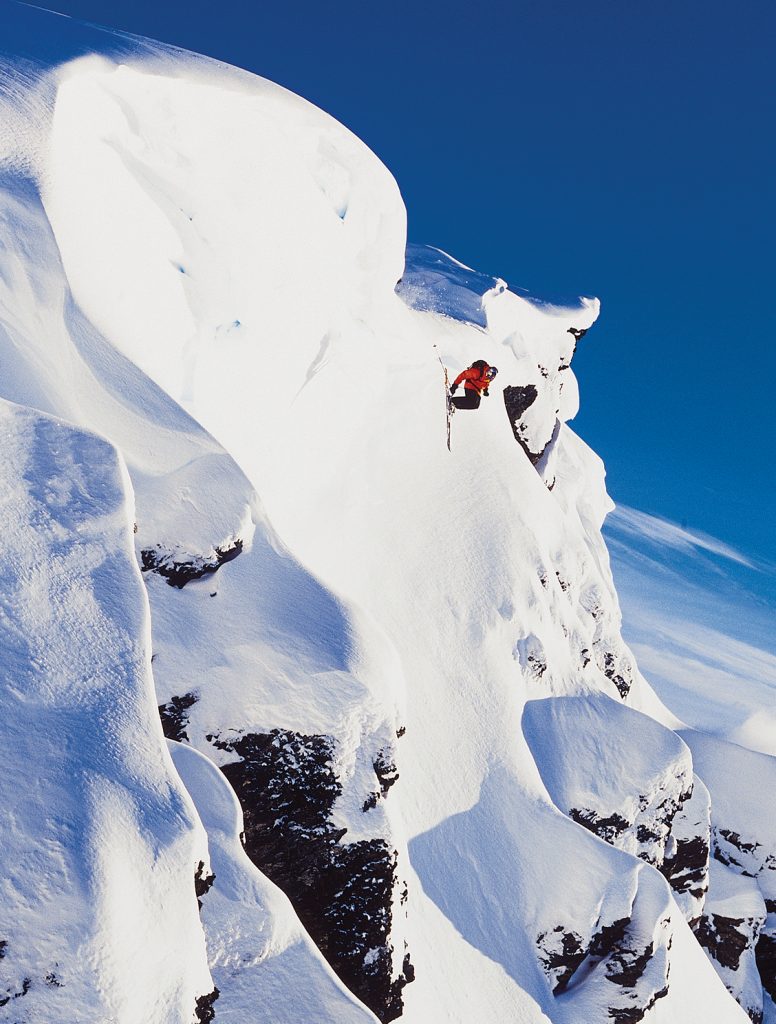
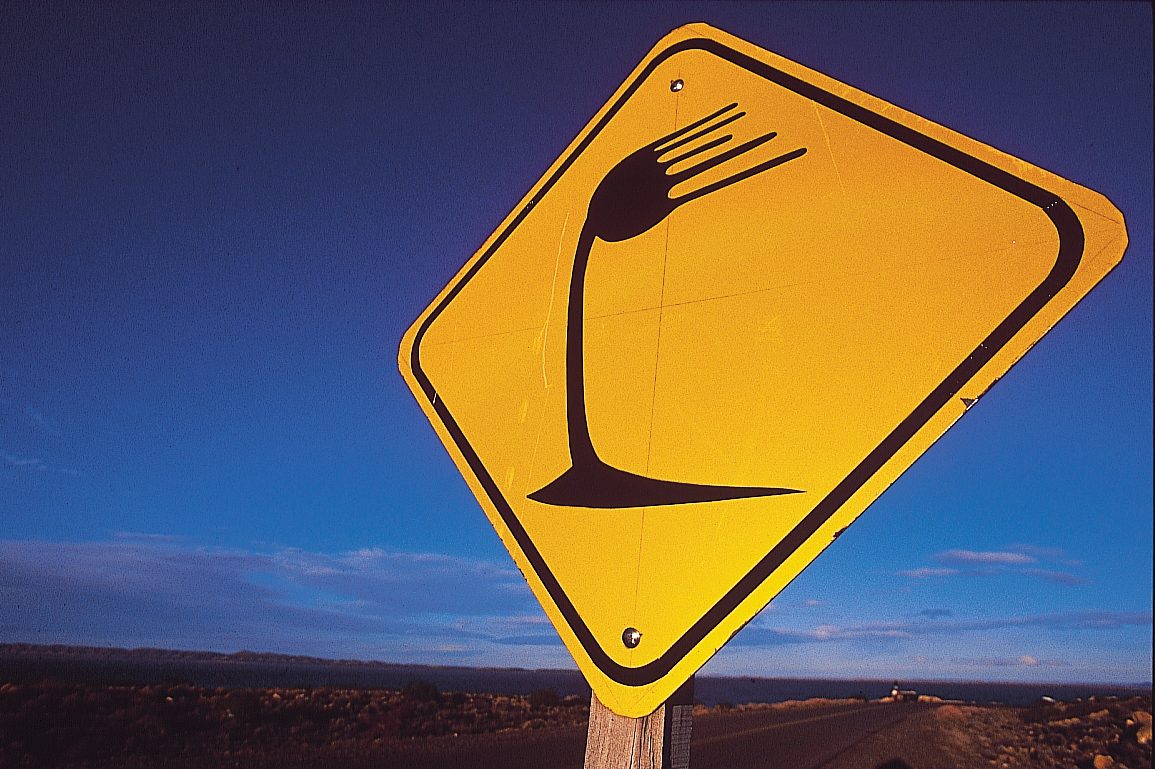
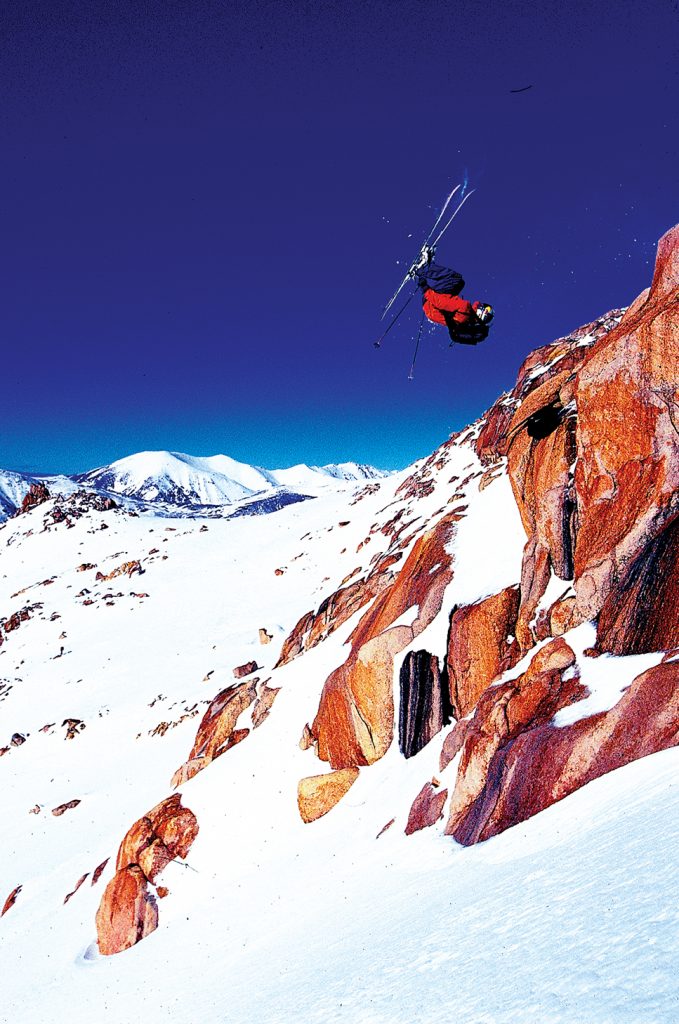
top to bottom I have probably skied with Phil Meier more than anyone else. I was supposed to shoot the first mountain bike jump over the Tour de France with Dave Watson. I had the idea and talked with the guys from Freeride Entertainment. They agreed to it, but at the last minute I got a call to go down to South America to ski with Meier. I chose to ski and ended up giving my spot for the iconic bike shot to fellow photographer Scott Markewitz.
On my first road trip in South America we drove from Mendoza to Ushuaia—more than 2,030 miles, and over 42 hours through Argentina. This road sign was somewhere in between.
Same trip, same skier, different perspective. This is why Phil Meier was one of the best skiers of his time: he embodied a mixture of big mountain and freestyle and inspired me to blend the two in my own photography.
“We had a crew of friends, but we were not very good, just a bit crazy,” describes Daher. “We did backflips and jumped cliffs because we saw pictures of Plake. In Grenoble, I skied as much as I could. I went to alternate school two days a week, but the rest of the week was to earn money and ski.”
Helbig introduced Daher to Bellaurd. Belluard remembers Daher being enthusiastic—still one of Daher’s calling cards—and eager to communicate his many ideas for ski media. Daher began documenting some of his winter ski trips for the magazine through words and photos, and showed a real knack for journalism and storytelling.
“He learned that it’s not necessary to think just like an artist, but also with a meaning, a goal.” says Belluard. “Don’t make it for yourself, do it for the others.”
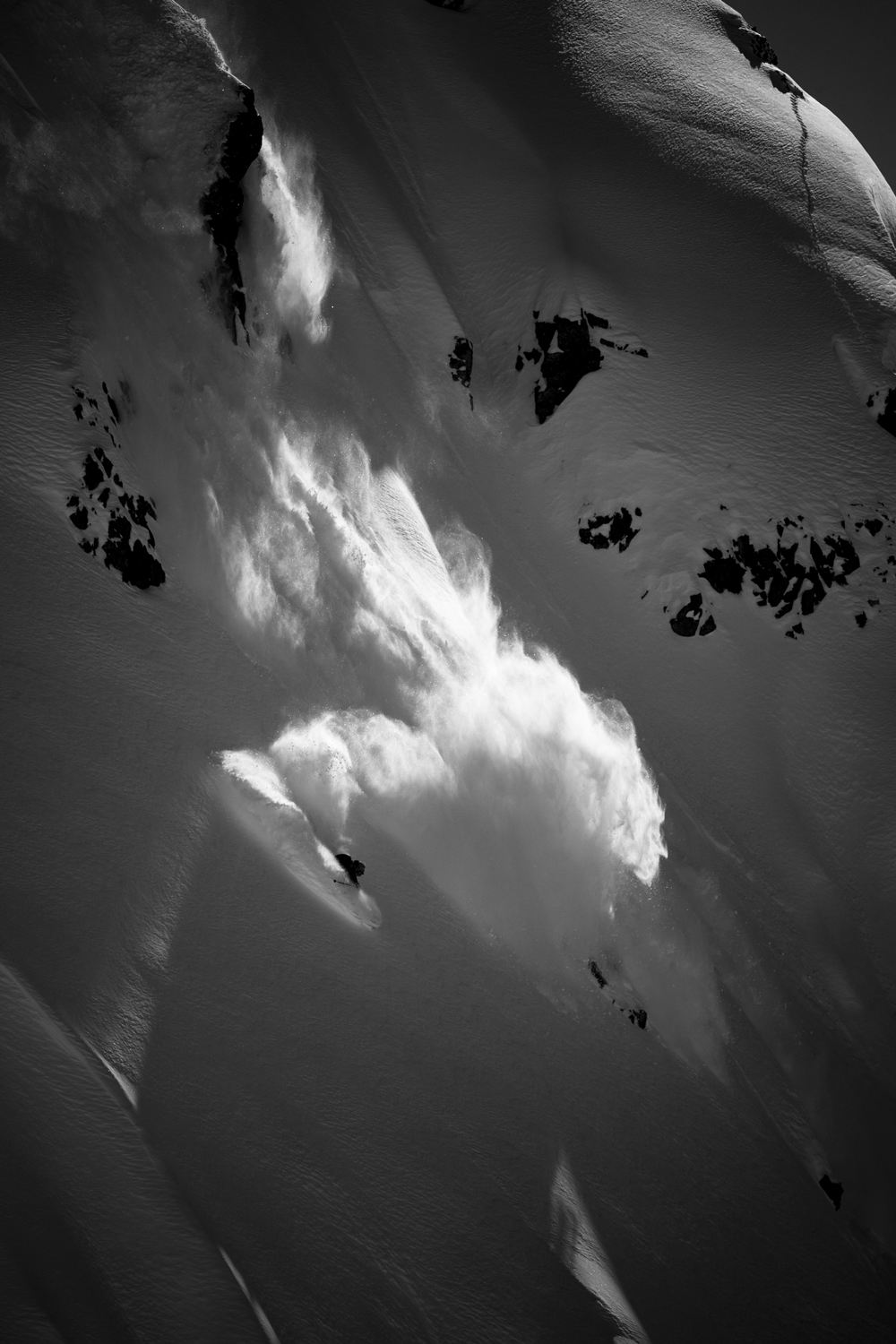
Kaj Zackrisson shredding the line between Chile and Argentina. This face, named “Pisco Studio,” sits above a famous smugglers trail that is still used today.
Daher parlayed his part-time hustle into a full-time editorial position with the magazine, and his career began to take shape. Skieur financed a one-year photography course and tasked him with photo selection for the magazine, while providing him film and an in-office photo lab.
Dom shot with his Canon EOS 3 in the mornings (a camera he purchased from the world-famous Jean Marc Favre), then processed the photos, taking notes about which exposures worked well and which flopped. He built skills on the fly, relying on his ability to think outside of the box to make up for his developing technical skills.
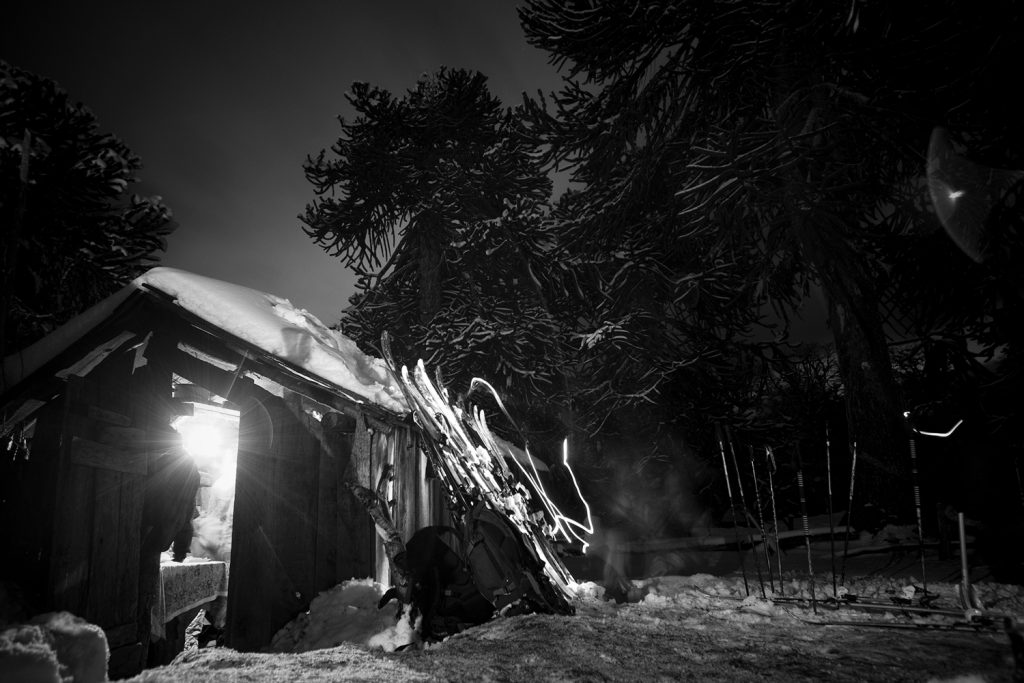
A South American gaucho’s kitchen serves as a place for our ski boots to dry. When the last bottle of pisco was empty, we went back to our tents let the cook get some well-deserved sleep.
He began to travel the world with athletes who became close friends, and eventually went freelance full-time. During that period, Daher started to realize how the freeskiing of the early 2000s could blend into big mountain lines. His commitment to combine the two set his work apart.
“He was one of the first to notice this fusion between freestyle and freeride with skiers like Phil Meier,” says Belluard. “He is really curious and has this feeling for skiing. He has this sensibility.”
That feeling created a mutual attraction between Daher and skiers with innate artistic vision, who leaned on creativity rather than rigid technique. The European freeski scene was small in the early 2000s, and he often shot with names like Phil Meier, Thomas Diet, Loic Collomb-Patton, and Candide Thovex. But Daher didn’t discriminate—he was always eager to shoot skiers in any environment, mirroring the creativity exhibited by his newschool crowd.
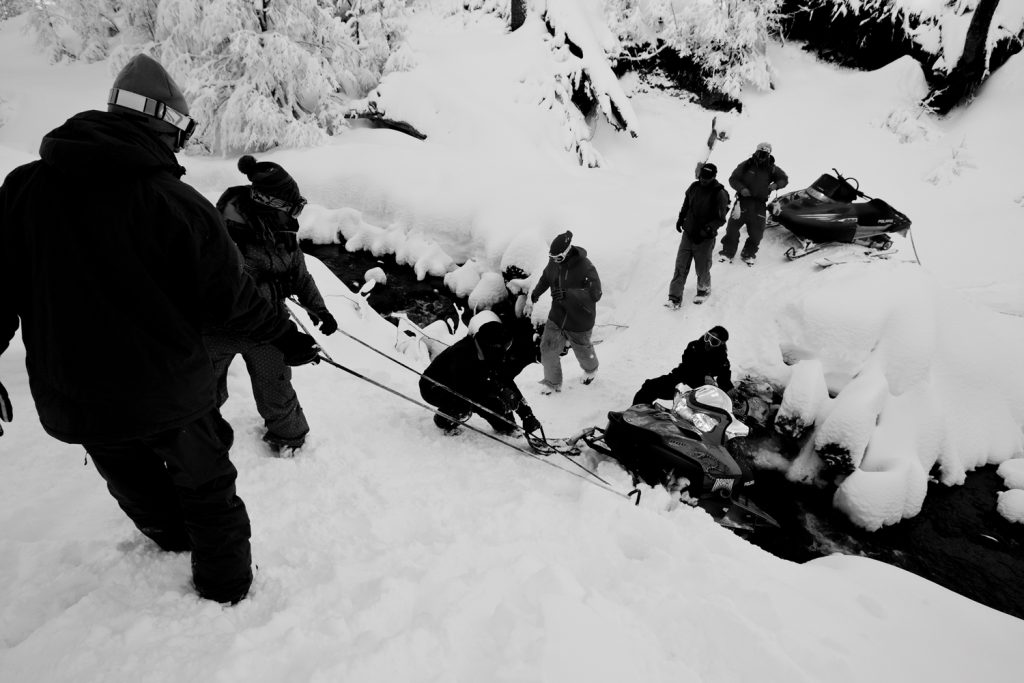
Sometimes ski exploration is more misadventure than anything. If the skiers can access the top with skins, the food and tent can be carried by snowmobile. That is, until the skiers have to haul the snowmobile, too.
“He always has a new idea,” says Belluard. “It can be tiring. It’s this vision. When you can see or imagine something crazy first, you can’t be a bad photographer, even if you’ve never done a shoot. Everything is a question or idea, even if it’s nothing really serious at first.”
It wasn’t as much the aesthetic of jib-centric skiers that attracted Daher, but their receptiveness to fresh perspectives. “These riders were motivated to follow me into any kind of idea,” says Daher. “And I would follow them.”
Skiing the streets of Paris was one plan that emerged from this open dialogue (and a few cold beverages). Daher, Diet, and a small crew rented a refrigerated truck and snagged leftover slush from a local ice rink, creating setups in front of the Eiffel Tower. They were kicked out by police, but still managed to snag some of the only urban ski photos ever published from the French capital.
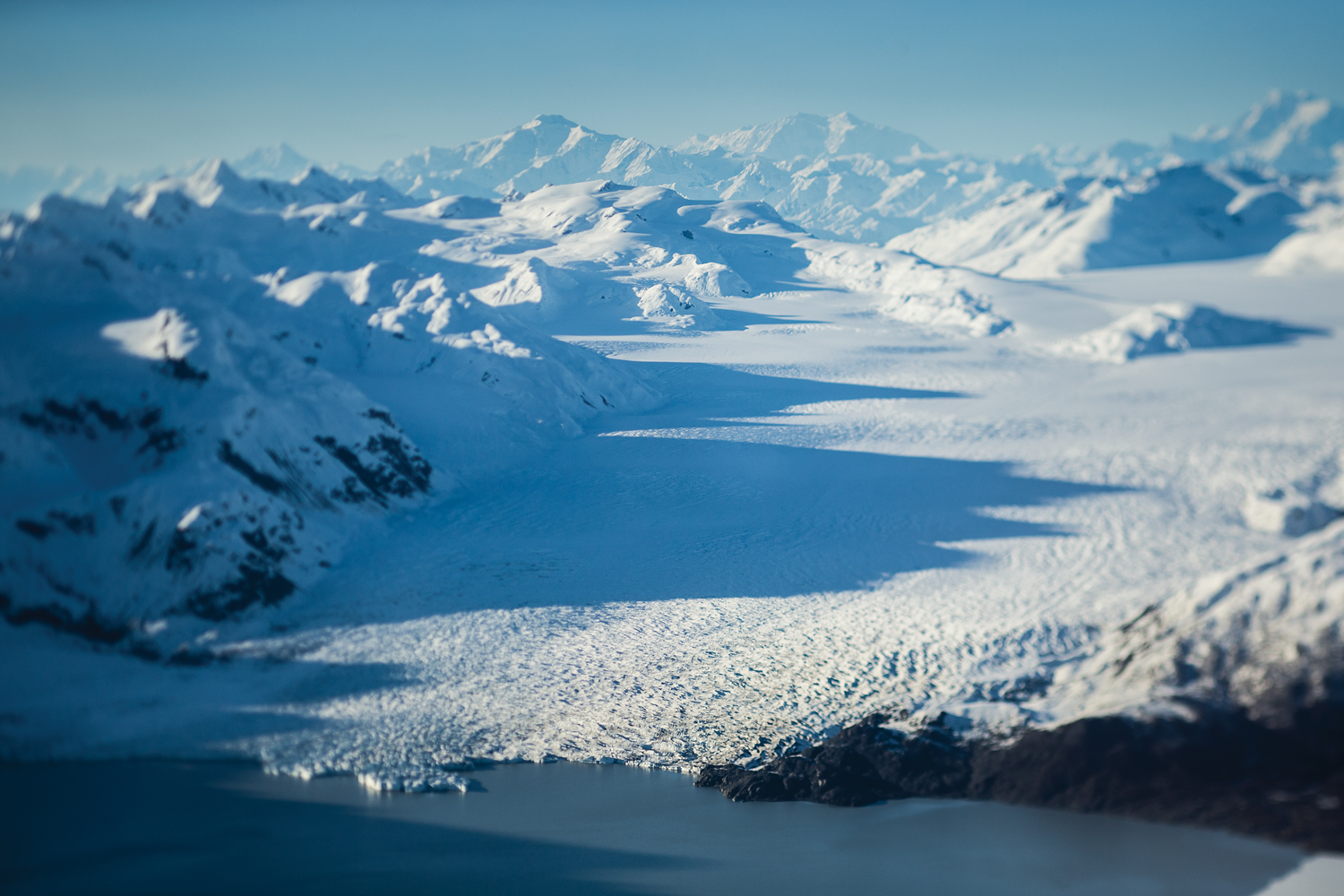
Yakutat is an hour from Haines, AK by airplane. It’s home to a little slice of surf paradise known as “The Far North Shore.” The day before the Haines Freeride World Tour competition, Anne-Flore Marxer was not able to sleep, so she checked the Alaskan wave report. It was pumping in Yakutat and dropped me a line in the middle of the night. Are you in? She didn’t sleep at all knowing what was in store.
His wide-ranging knowledge of ski disciplines, terminology, and experience in journalism helped Daher catch the attention of Nicholas Hale-Woods, the founder of the Freeride World Tour. Legendary Swiss skier Francine Moreillon had approached Hale-Woods about Daher ahead of the Verbier Extreme in 2004, suggesting they bring on someone who could shoot photos and write with the proper vernacular.
“The journalists they hired back then had no idea what line choice was or the technical terms you needed to have,” says Daher. “[Hale-Woods] was interested in what I did, and invited me on a trip. I’m a freelance photographer as well as a writer, so maybe there’s an opportunity there. And when Nicole started with the Freeride World Tour, I was the first to work with them 13 years ago.”
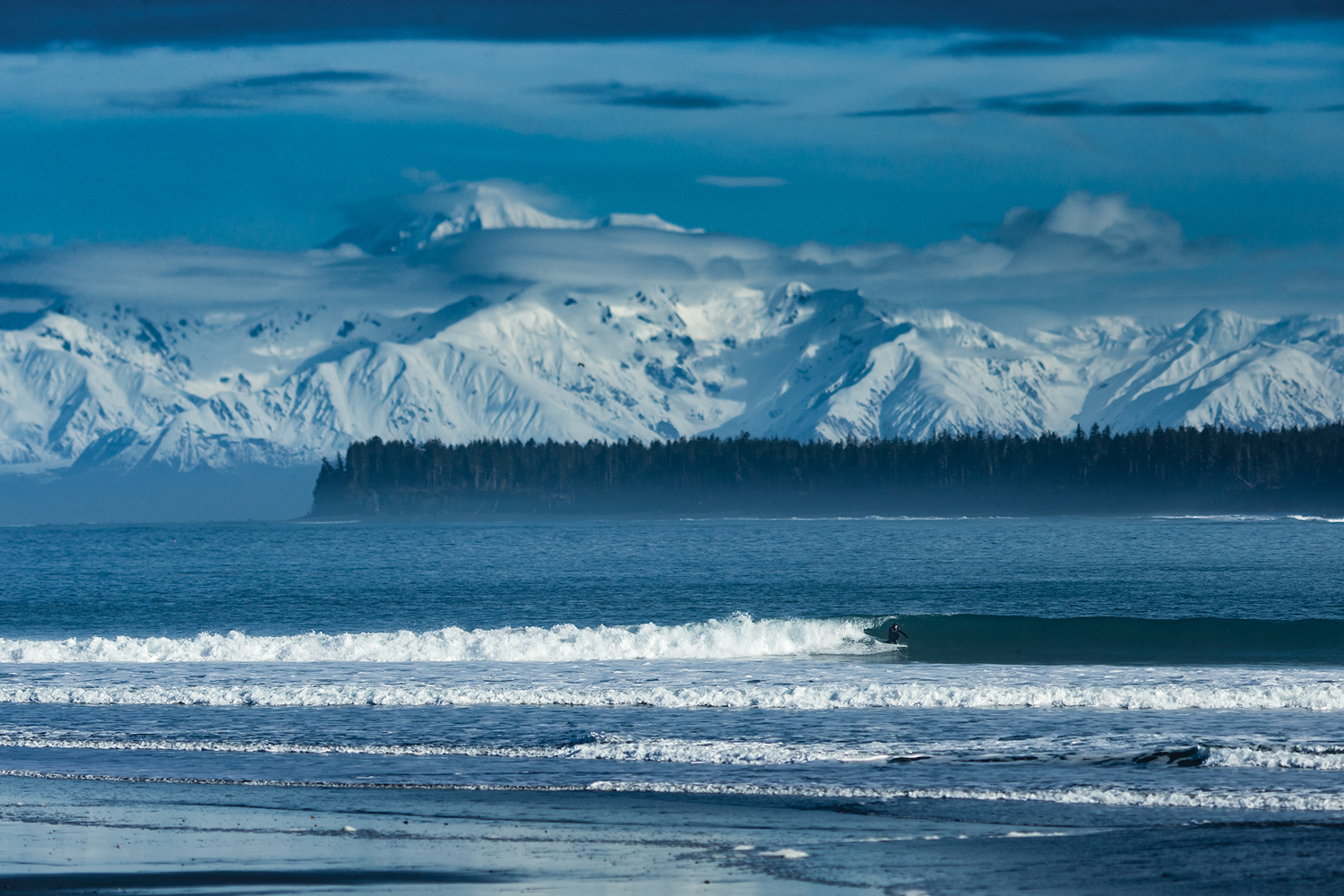
We met this guy on the beach. His wife is a local nurse and he travels back and forth to Haines, where he is a teacher. Apparently, he is also a surfer—and a darn good one.
Daher’s ability to see and understand an unconventional scene continues to make him one of the most sought-after ski photographers in Europe. In 2018, good friend and six-time X Games Ski Cross medalist Enak Gavaggio approached him with a unique idea to shoot skiing in the summertime, dressed in astronaut suits and descending bare rock faces to simulate the act of skiing on the moon. With no promise of great financial return, only of an unconventional way of documenting skiing, Daher was in. He relied on the day for night technique, often used to simulate a nighttime shoot during daylight in old film productions.
“At the beginning, I wanted to help them for free, documenting this crazy idea,” Daher says. “When we got on location it became clear that we had something amazing photo-wise.”
Daher never really did anything with the stunning photos from the project but was driven by the prospect of bringing a friend’s idea to fruition.
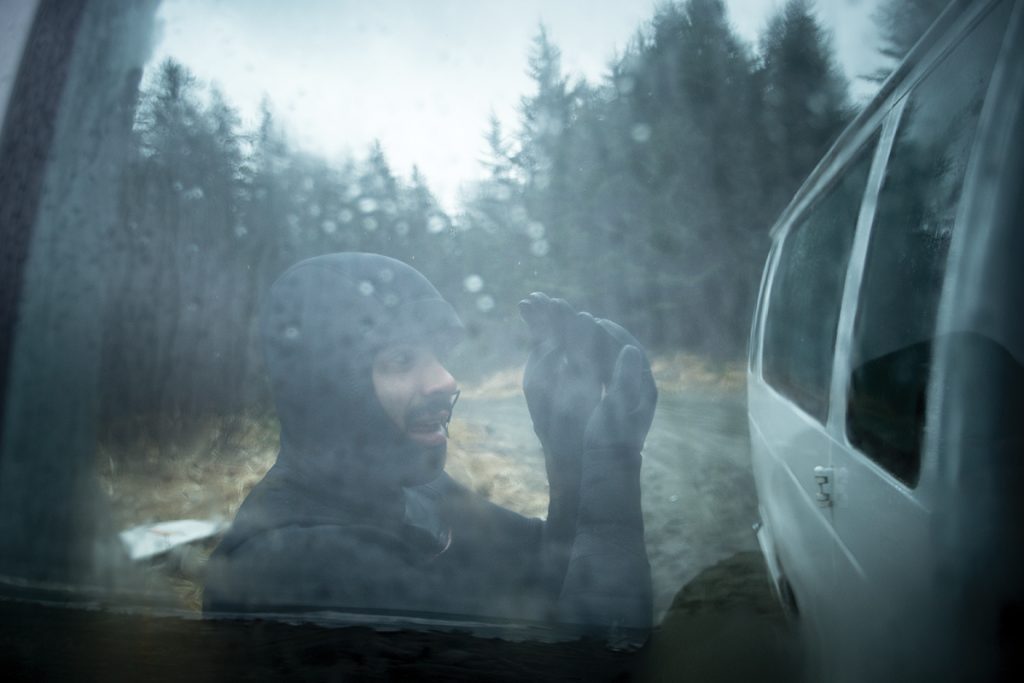
I don’t remember Gemini’s real name. We stayed in touch through Instagram and one day he deleted his account. He was sleeping in a tent on the beach and ended up on our couch in Yakutat, AK. He was from Puerto Rico and was learning videography in Juneau. Life is full of surprises.
The value Daher puts on friendship extends back to his earliest days in the Skieur office. Iconic French climbing photographer Stef Candé was working for Skieur’s sister publication Grimper and noticed the young photographer’s zeal for creative imagery in 2000. Almost immediately, Candé took Daher under his wing.
“He allowed me to shoot alongside him, gave me advice, and pushed me. We were working with analog still, and he taught me about the chemicals and different types of film,” says Daher.
Eventually Daher passed that knowledge on, helping a young up-and-comer named Jeremy Bernard get a foothold in the photography game. Nowadays, the two tag-team photo duties on the FWT.
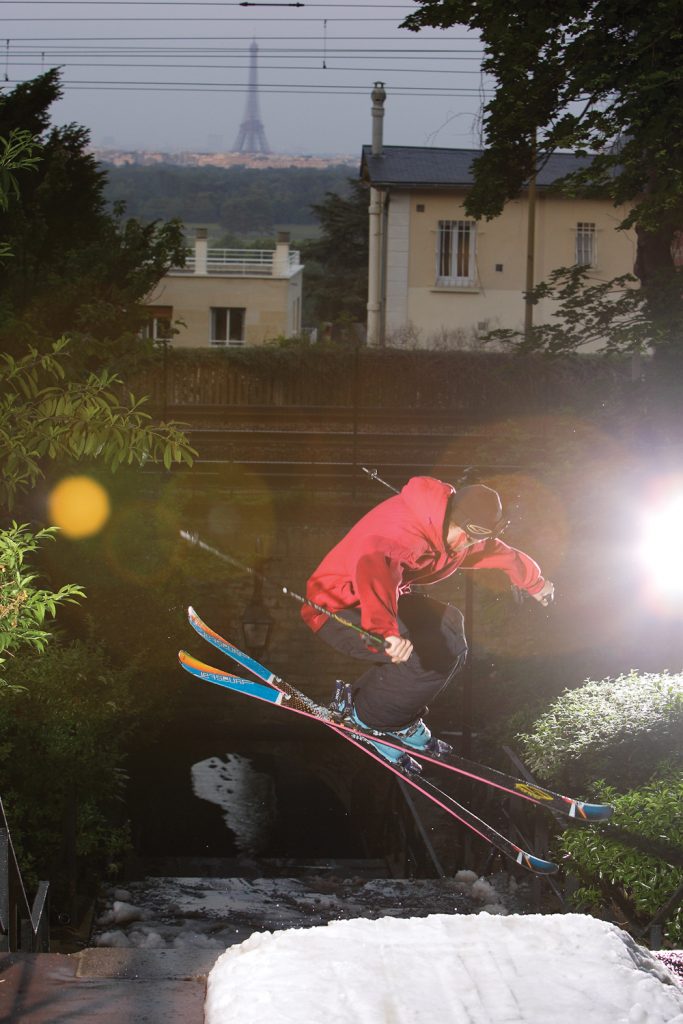
Paris, France in 2007. A little street far from downtown, but with a view of the Eiffel Tower. The snow came from several ice rinks loaded into a refrigerated truck we rented. The most complicated part was driving through the tight roadways surrounding the French capital. Antoine Diet is the little brother of Thomas “Bichon” Diet, my first ski muse, and a true friend. Thomas died last year, leaving the French ski community mourning. Here, Antoine does a 180 over the stairs. “No pain, no gain,” as Bichon would have said.
“In French the saying is, ‘envoie la censé, it means ‘giving back the gift,’” says Gavaggio.
The photographer’s polite disposition, generosity, and eagerness to shoot has helped him build the strong relationships with photographers and athletes that have formed the backbone of his entire career.
He also knows that the work often leads him to other photographic opportunities away from skiing, which has allowed him to expand his portfolio. It helps that he’s still an avid mountain biker, climber, and now, road cyclist (after years spent despising the discipline).
“I am following [the skiers’] passions in the summertime—mountain biking was a big one, but most of the skiers were doing the crazy stuff like base jumping and climbing, so I got involved with that, too,” Daher says with a laugh.
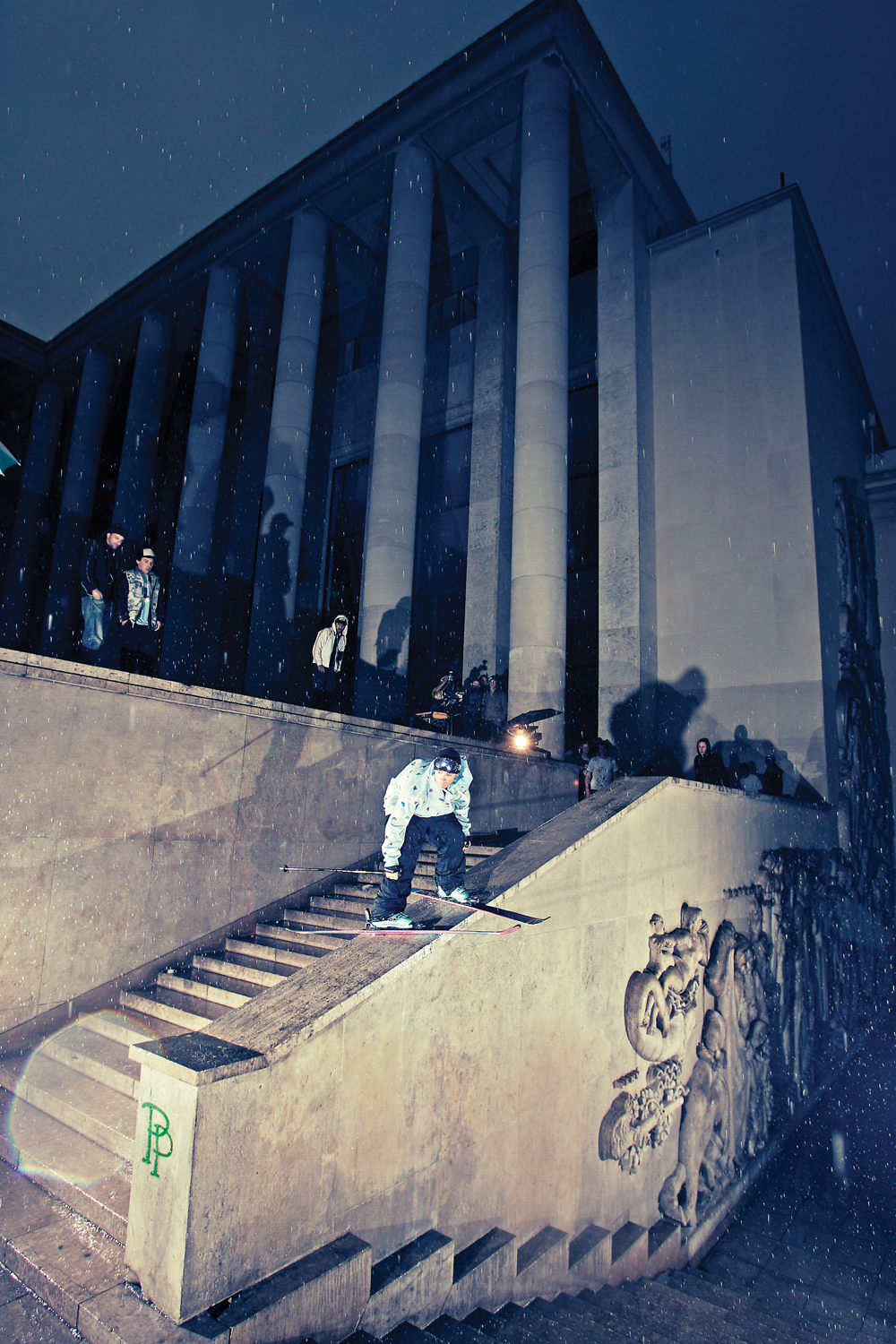
Antoine Diet at the very famous Palais de Tokyo on the same trip to Paris. I used to live at a ski resort back then. The resort closed two days before this shot, so we drove straight to Paris to ski the City of Lights.
His success outside of skiing garnered attention from clients, including Swatch, who enlisted Daher’s talents to shoot surfing from a helicopter. Although that’s not a common technique in surf photography, Daher’s experience shooting the FWT from the sky translated perfectly to the project. Daher has shot surfing for five years since, taking on projects for elite clients like Red Bull.
Daher has also zoomed out on the action sports world, entering the realm of documentary photography and filmmaking. He launched an environmental protection company, One Bouteille Á La Mer [A Bottle in the Water], that produced a project showing action sports athletes engaged in their particular sport over landscapes of trash—ski touring on a garbage heap, for example—in order to encourage recycling. This summer, he worked on a project called The Great Descente, a story about a young diver distraught over the pollution in Leman Lac, said to be the cleanest lake in Europe. The documentary showed humans floating down the Rhone River from the Rhone Glacier to the lake, simulating the journey of a piece of trash down the waterway.
It’s a natural pivot for Daher, a man whose most cherished memories are ones that celebrate the surprising and thought-provoking—the types of ideas that give his ability to see potential in any situation a platform to flourish.
“It doesn’t matter if it’s skiing or not,” says Daher. “I want to shoot interesting stories.”
This article first appeared in The Ski Journal Issue 14.1
